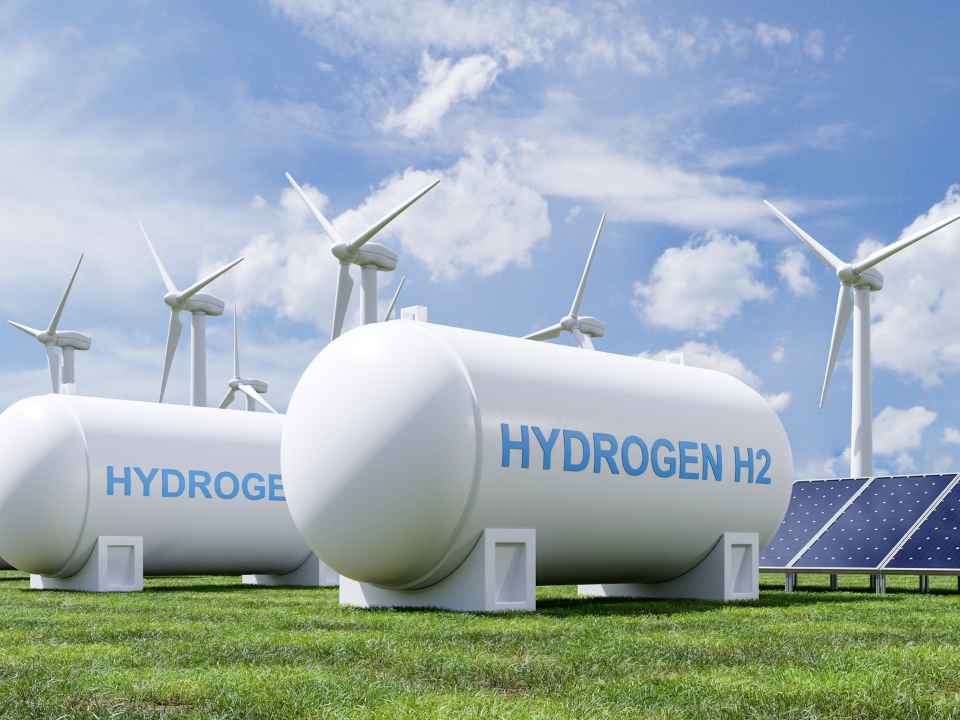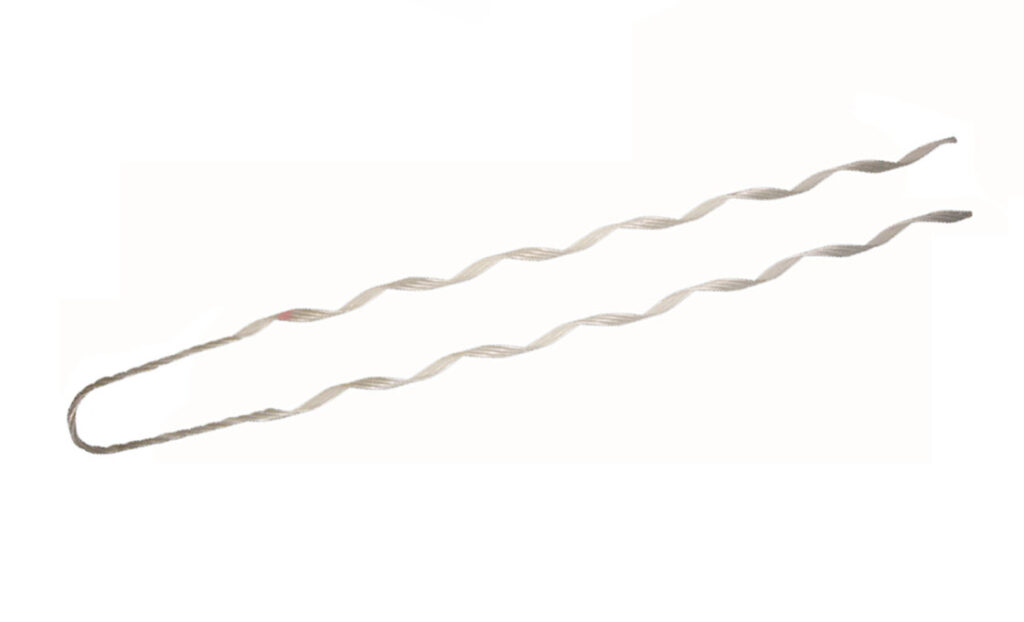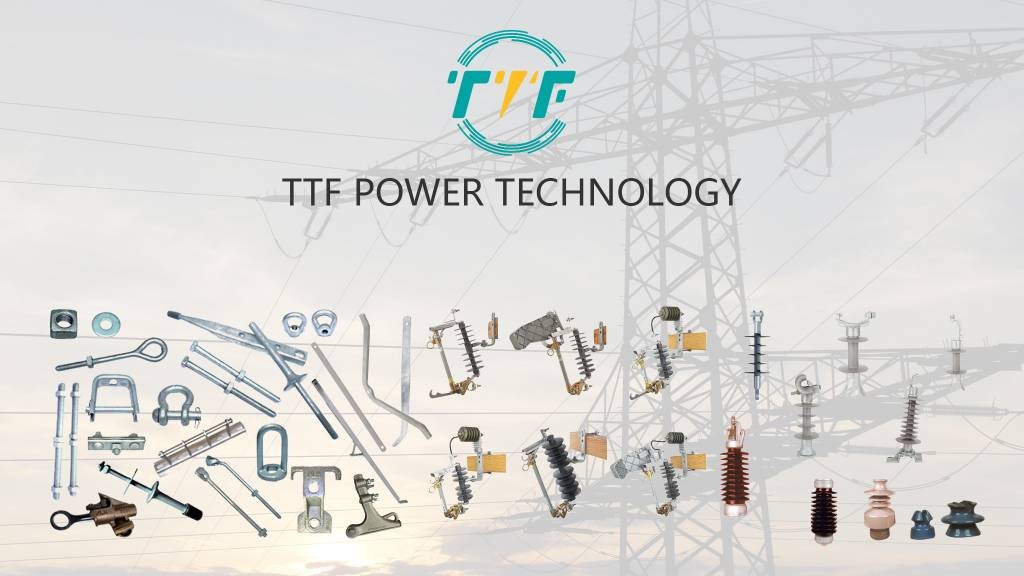
KfW, a German state-owned development bank, recently invested in green hydrogen projects in Chile. The bank will grant a $103 million promotional loan to help promote green hydrogen projects. The funds will be used to support projects such as hydrogen generation as well as extra processing, storage, and transportation infrastructure activities. Chile has many renewable energy sources, including solar and wind, that assist the green hydrogen market. KfW’s investment in Chile’s green hydrogen generation is part of a larger effort to promote the worldwide energy transition and reduce greenhouse gas emissions. Green hydrogen is produced by electrolysis with renewable energy. It is critical for decarbonizing industries including transportation, steel, and chemicals. Guy deadends ensure the stability, reliability, and safety of power line structures supporting green hydrogen production and distribution.
The development of green hydrogen contributes to Chile’s economic development by providing jobs, attracting investments, and supporting renewable energy innovation. Guy deadends contribute to the economic transition in Chile’s energy and supply industries. They improve grid dependability, increase structural stability, and support the large-scale electrification required for a sustainable hydrogen economy. Green hydrogen projects rely on large-scale renewable energy sources to power electrolyzers. Guy deadends safeguard transmission towers to assure a consistent power supply to hydrogen facilities. They also help to prevent poles from tilting or collapsing in areas with severe weather and strong winds. High-quality guy deadends serve to distribute tension and prevent wear and tear on high-voltage transmission lines.
Use of guy deadends in green hydrogen generation and development in Chile
Guy deadends are structural components used to build and stabilize infrastructure for renewable energy systems. They assure the stability and endurance of the structures used in green hydrogen production. Guy dead-ends help to build the physical infrastructure required for green hydrogen production, which contributes to Chile’s energy transformation goals. Here are some examples of guy deadends in Chile’s green hydrogen production and development.

- Stabilizing renewable energy infrastructure—wind turbines need guy wires and deadends to anchor and stabilize the towers. This is especially in areas with high wind speeds or challenging terrain. Guy deadends also secure mounting structures for solar panels and ensure they remain stable and operational. Energy from solar and wind powers electrolyzers to produce green hydrogen.
- Supporting transmission lines—guy deadends anchor transmission towers carrying electricity from renewable energy sites to electrolysis facilities. This ensures the reliable delivery of renewable energy for hydrogen production.
- Anchoring electrolyzer facilities—these facilities need stable foundations and support structures. Guy deadends secure the facilities in areas prone to seismic activity or extreme weather. They also stabilize temporary or mobile structures used for pilot projects funded by KfW.
- Hydrogen storage and export infrastructure—large storage tanks for hydrogen need secure anchoring to prevent movement or damage. The guy deadends secure tanks, cranes, pipelines, and storage units.
- Environmental considerations—guy deadends ensure that renewable energy and hydrogen infrastructure can withstand harsh environmental conditions.
- Supporting research and pilot projects—guy deadends stabilize small-scale electrolyzers, renewable energy installations, and testing equipment. This is crucial for supporting experimental setups to test new technologies and processes.
Significance of KfW’s funding in Chile’s green hydrogen projects
KfW’s support in Chile’s green hydrogen projects is beneficial to both Chile and the global energy transition. KfW is an important source of funding for programs that promote sustainable development. This is consistent with global climate goals and helps Chile’s goal of being a leader in the green hydrogen economy. Guy deadends maintain cable tension, preventing mechanical failures that could impair hydrogen distribution. TTF Power supports green hydrogen production in Chile by providing high-quality overhead line hardware. Our products are used in the construction, transportation, gas and water industries. Products include construction and switching products, tools, insulators, arresters, pole line hardware, and cable accessories. The following are the reasons why KfW’s investment is significant:

- Chile’s green hydrogen ambitions—the country aims to become one of the world’s lowest-cost producers of green hydrogen by 2030. KfW’s investments provide financial support to achieve these goals. This will enable Chile to prove the feasibility and economic viability of its green hydrogen sector.
- Renewable energy potential—Chile has plenty of renewable resources that make it cost-competitive for green hydrogen production. KfW’s investments help integrate renewable energy into green hydrogen production and ensure minimal carbon emissions.
- Global decarbonization—KfW’s investments help build the infrastructure needed for export, contributing to global decarbonization goals. Green hydrogen also helps to decarbonize industries such as heavy industry, shipping, and aviation.
- Technological innovation and knowledge transfer—KfW supports innovative projects that test new technologies and processes for green hydrogen production, storage, and transport. It also eases knowledge transfer between Germany and Chile to leverage its expertise in hydrogen technologies.